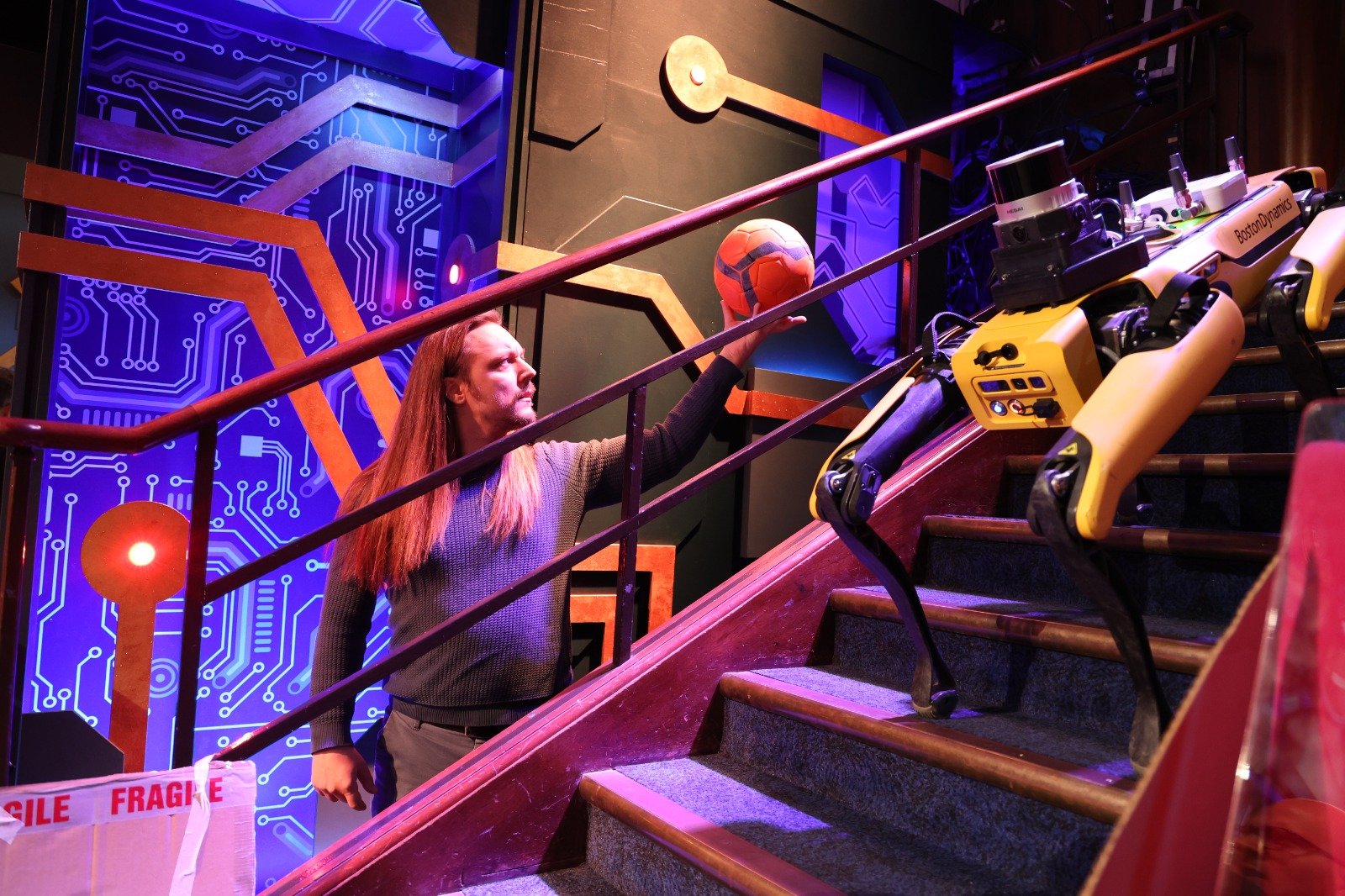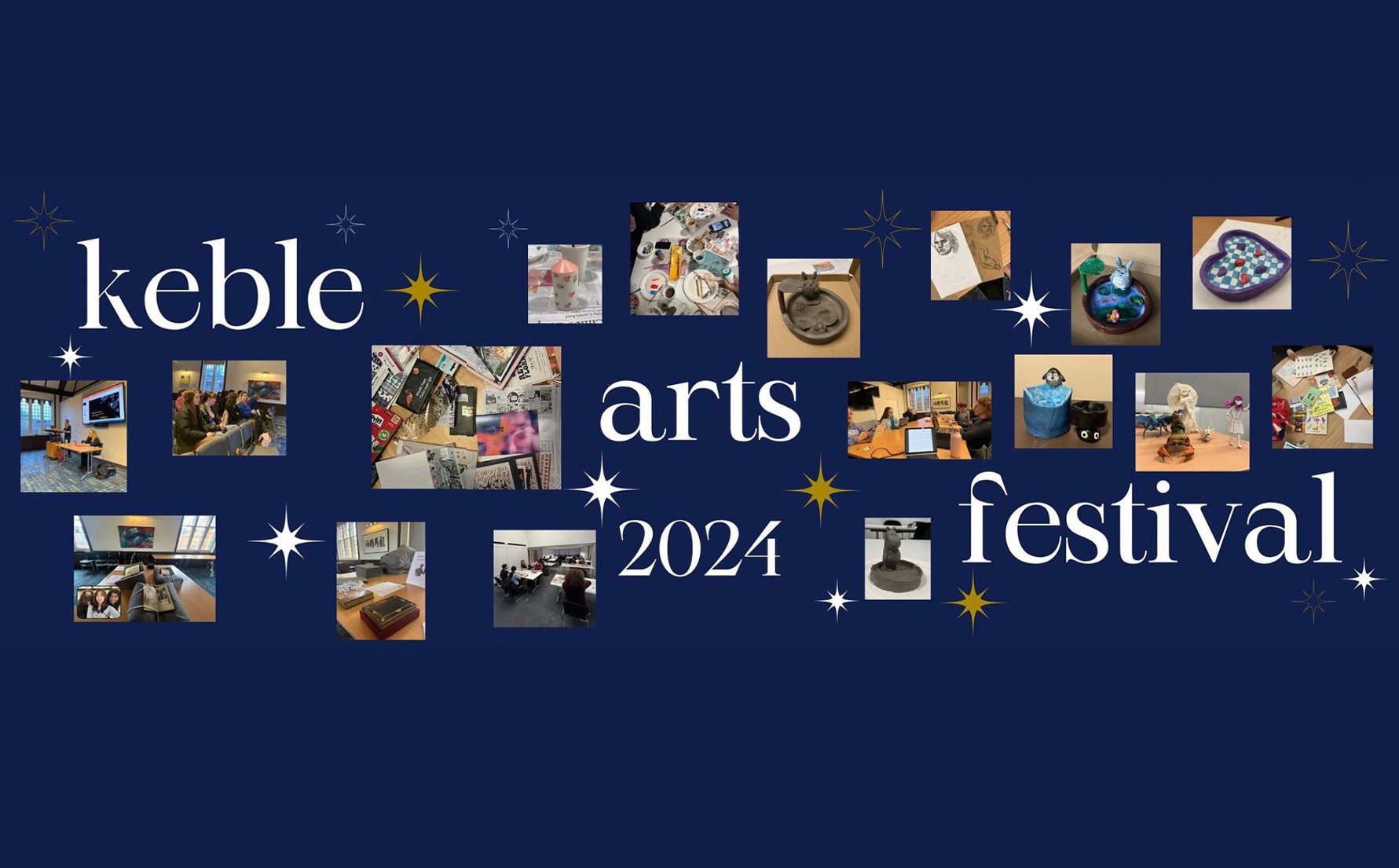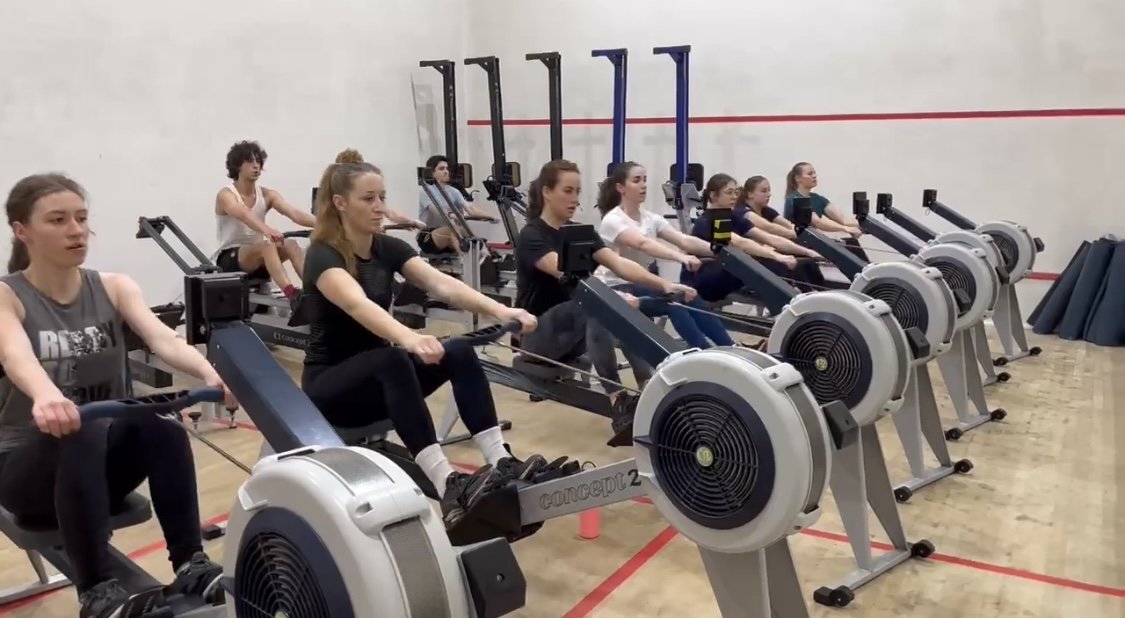AI Lecture | Michal Staniaszek
Michal Staniaszek (2022 DPhil Engineering Science) with Spot the robot at the BBC Christmas Lectures.
Keble College graduate student Michal Staniaszek, a second-year DPhil in Engineering Science, appeared in the 2023 BBC Christmas Lecture from the Royal Institution, “The Truth about AI”.
The Royal Institution Christmas Lectures stand as the oldest and most esteemed popular science lecture series globally. The 2023 lectures were presented by Professor Mike Wooldridge from the Department of Computer Science at Oxford, joined by leading experts, and explored the intricacies of artificial intelligence. Part of the third lecture demonstrated the capabilities of the Spot robot developed by Boston Dynamics, including its ability to autonomously navigate hazardous environments, utilising advanced software developed by Michal and his colleagues at the Oxford Robotics Institute (ORI).
Michal explains, “we built a 3D map of part of the Royal Institution using LIDAR and other sensors on the robot. We then used the autonomy system that I developed with my supervisor Nick Hawes, to show the robot navigating using that map, re-routing to avoid obstacles blocking its path to a ball. We also used one of the cameras on the robot to detect the ball and give a demonstration of computer vision.”
“We can quickly build 3D maps of an environment by using a LIDAR scanner and software developed by my colleagues (Maurice Fallon, David Wisth, Marco Camurri, and others) in the Dynamic Robot Systems group. This is a powerful tool which can be applied to areas like construction, forestry, nuclear and industry, allowing users to gather useful data about what environments look like over time. When we integrate this software onto a robot, it can also be used to avoid sending people into dangerous environments to get those data.”
“Using the 3D map as a base, we specify locations of interest where we want the robot to do something, and paths between those locations. We can then request that the robot go to a location, and it will do so without any more instructions from a human. We can also build missions for the robot to do, sequences of actions, like pointing a camera at something and taking a picture, or gathering sensor measurements. We can then run these missions completely autonomously. The autonomy system is a critical component in my current research, where we are looking at how to use robots to autonomously inspect industrial facilities over long periods of time, and help operators gather data for maintenance and other purposes. The autonomy and map building components are integrated onto a device called the "Frontier", which is used for various research projects at the ORI.”
During another segment of the lecture, Professor Wooldridge and Dr Kate Devlin of KCL discussed how animal-like robots elicit different reactions from people than do inanimate machines like toasters, despite both being made of metal and plastic. This is an important area of robotics, as these kinds of responses can be exploited to change how people view robots, either for good or bad ends. “During the segment, I controlled the robot in various ways to show how expressive it can be made to appear, despite being just a machine.”
You can watch the full lecture* on BBC iPlayer.
*The first segment with Spot begins at 06:50, the second at 40:45 (Spot appears at 43:10), and the final one at 47:20 (Spot appears at 50:35).
This work was carried out at the Oxford Robotics institute and funded by the Embodied Intelligence Programme Grant and the UK Atomic Energy Authority.









